[First investigation of] Producing What We Never Witnessed, Without Reproducing What We Ever Only Lived
Research, Material Experimentation, Fashion, Short Experimental Film, Performance, AR & Photography.1. Overview
This First started as my graduation project from B.A. in General Design at Birzeit University as part of the fashion design graduation category. The research expanded to encompass a filmic exploration, transmedial embodiment of the research, and participation in exhibitions experientially in different forms.
Most recently, this research took a verbal experimental form titled How to Produce Freedom From Freedom? to be published in May 2025 as part of Design Drafts #3 (Nieuwe Instituut and Journal Safar Protest Issue).
Most recently, this research took a verbal experimental form titled How to Produce Freedom From Freedom? to be published in May 2025 as part of Design Drafts #3 (Nieuwe Instituut and Journal Safar Protest Issue).



Overview (stills photographed by Tala Abdalhadi, Ameer Zabaneh & Roba Farownah)
As generations living under established oppressive systems, we are grown and bred on estrangement from ourselves and each other. The narratives of free movement, and connection with people from other regions were never lived by us, but passed down through stories from the older generations. Beyond memory, such oppressive practices attempt to brutally condition the Palestinian body to adopt a common sense and body-movement that upholds the social, cultural and political systems of the Israeli occupation. It enforces a severance and alienation of bodies from themselves and others.
I believe that freedom in an area can be achieved through realising the collective freedom of the region. Each part of the collective has a fragment of freedom, in addition to the collective memories of what freedom can be. Together, we are able to produce a composite image of what freedom is, and grow it in practice.
So, I started studying bodies in my community that exist under occupation and I saw the most fascinating manifestations of Palestinian bodies’ movements—The closest I have seen of what a free Palestinian body can be, which was in confrontations when throwing stones, and collectively practicing resistance. I saw how all these bodies jumped and stretched in the air, spatially and dimensionally breaking, for a moment, all that the occupation had conditioned in them. Consequently, for a body, this movement in space is a fundamental element to express its freedom or non-freedom.
This project is building on these movements to explore unlocking a new level of freedom through kinetic fashion pieces that interact and unravel, presented in a video artwork and a fashion presentation. Eventually, hoping for a collective (re)construction of a liberated plural future of the region.
https://youtu.be/MaWzkpIIgnM?si=wwubL-neWYj6t9ii
I believe that freedom in an area can be achieved through realising the collective freedom of the region. Each part of the collective has a fragment of freedom, in addition to the collective memories of what freedom can be. Together, we are able to produce a composite image of what freedom is, and grow it in practice.
So, I started studying bodies in my community that exist under occupation and I saw the most fascinating manifestations of Palestinian bodies’ movements—The closest I have seen of what a free Palestinian body can be, which was in confrontations when throwing stones, and collectively practicing resistance. I saw how all these bodies jumped and stretched in the air, spatially and dimensionally breaking, for a moment, all that the occupation had conditioned in them. Consequently, for a body, this movement in space is a fundamental element to express its freedom or non-freedom.
This project is building on these movements to explore unlocking a new level of freedom through kinetic fashion pieces that interact and unravel, presented in a video artwork and a fashion presentation. Eventually, hoping for a collective (re)construction of a liberated plural future of the region.
2. Short Experimental Film / VideoArt
https://youtu.be/MaWzkpIIgnM?si=wwubL-neWYj6t9iiShort Experimental Film (~ 4 mins + 1 min credits)
3. Fashion Pieces / Characters

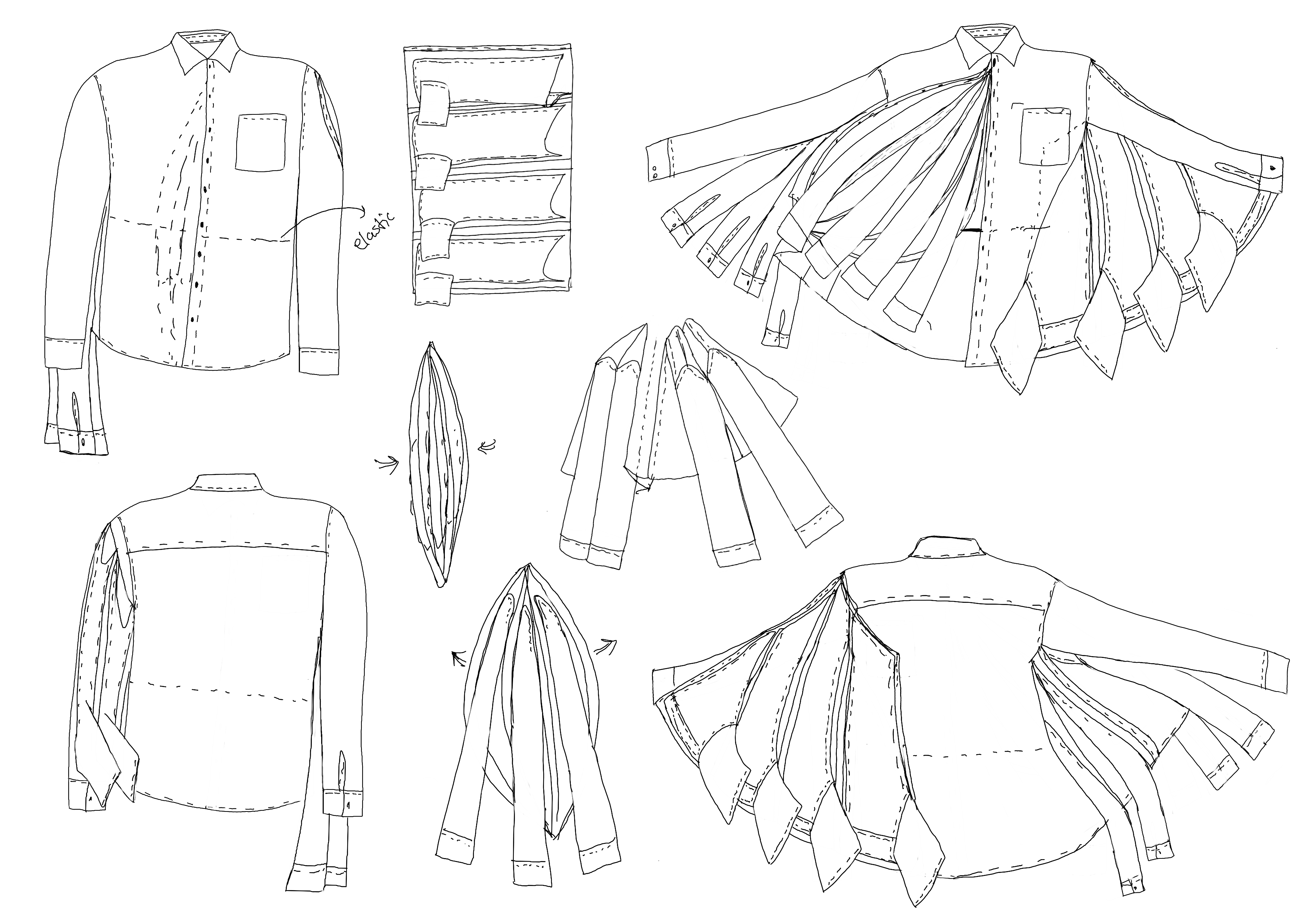


Final Technical Drawings & Hatta (Kuffiyeh) Printed Scarf
The shirts used to construct the garments are settler shirts sourced from the Second Hand Ramallah Friday Market. They hold strong meanings in the Palestinian context. For example, they refer to ‘Al-Musta’ribeen,’ Israeli soldiers who disguise themselves as Palestinians during protests and operations. These shirts, visually connected to those worn by settlers, bear witness to the complex and painful history of settler colonialism.
The styling of the characters also reflects the dual shift of the private space to a public one, and the casual clothes to militaristic ones. In Israeli raids into neighborhood, the space is then replanned as a confrontation zone, and the clothes on you, whether an undershirt because you are in your garden, or casual shirts turn into clothes of combat.
4. Process + (selected) Refrences & Experiments
*P.S: Sketchbook notes are for a quick look/skimming not to be read in great detail. Most of the images are in a carousel format (click arrows to move through them).
1. The question of embodied freedom and movement crystalized through my contrasting experience living in The Netherlands for 11 months. How my body embodied what the occupation conditioned was highlighted. At first, it was about the resistance experience rather than lived freedom practices.
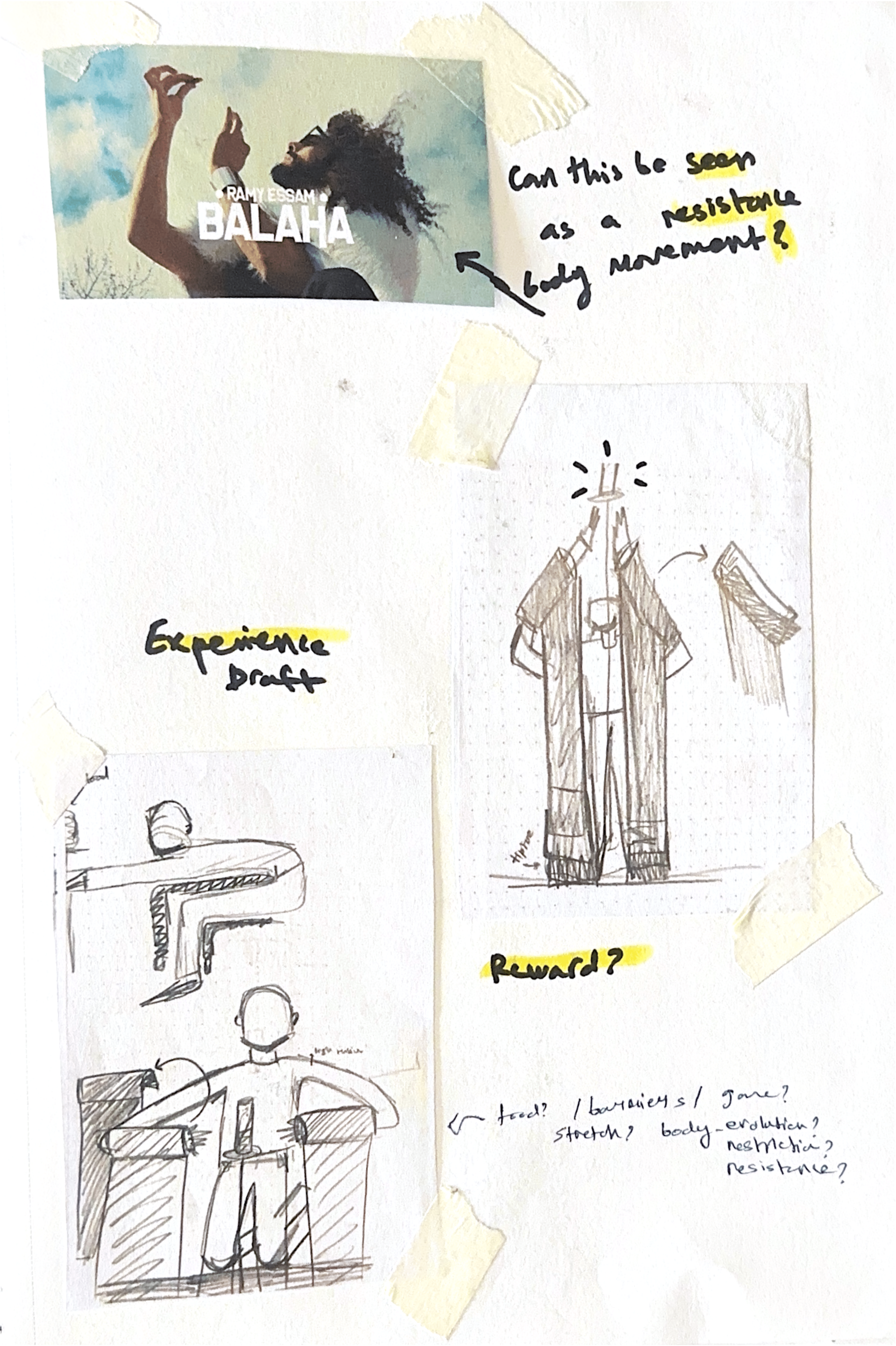
Sketches from my year at KABK (Body restriction)
2. The question developed in its positionality, form and perspective. The earlier version was formulated as: “Redesigning how bodies, forming communities, resist the biopower/biopolitics of oppressive systems to regain power by transcending docility through movement”


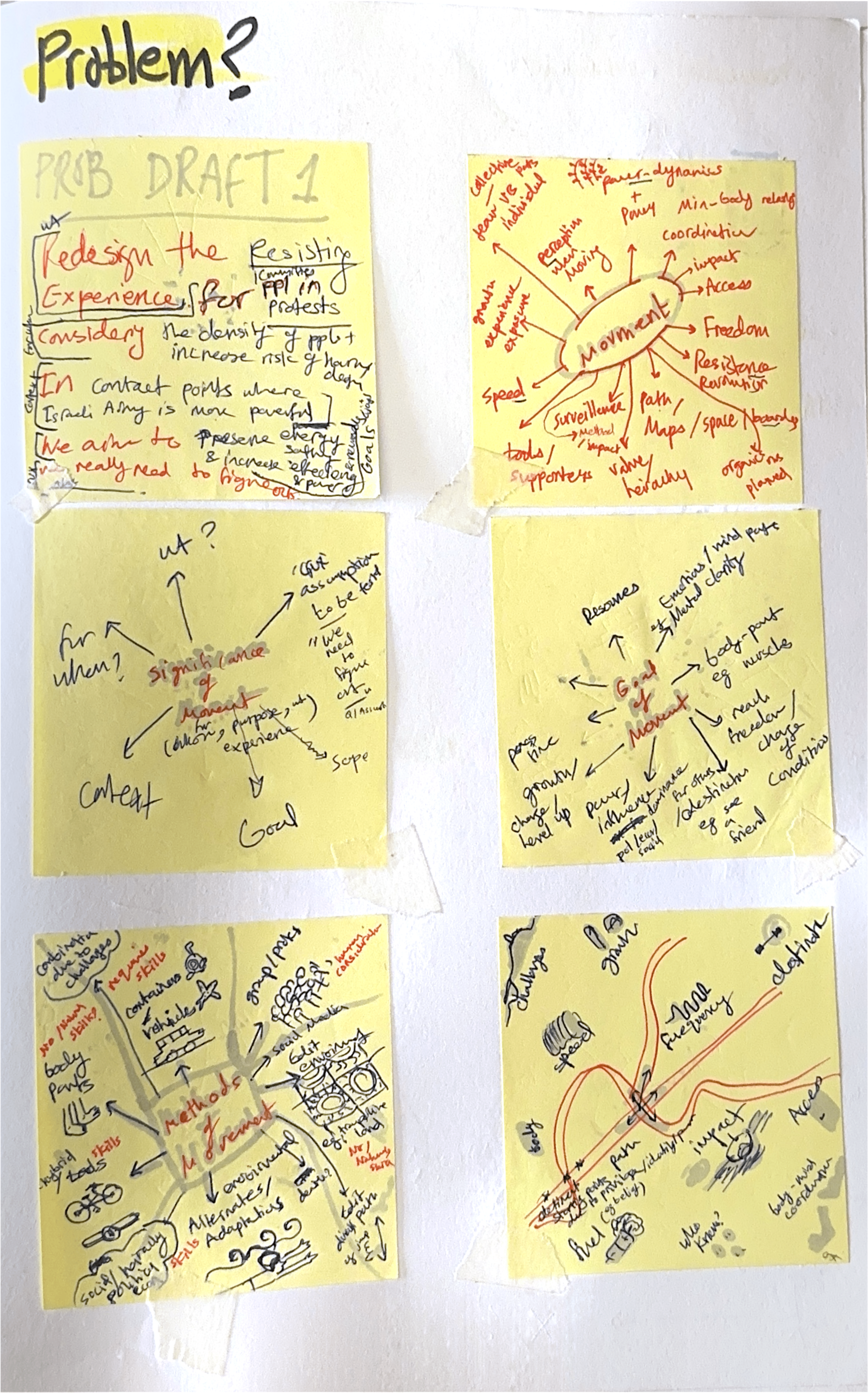

First drafts mind maps and brainstorming
3. The project had three main dimensions (through personal, historic, popular, media & artistic references):
(1) Philosophical / Verbal Expressions
(2) Material / Fashion(3) Mechanical / Movement
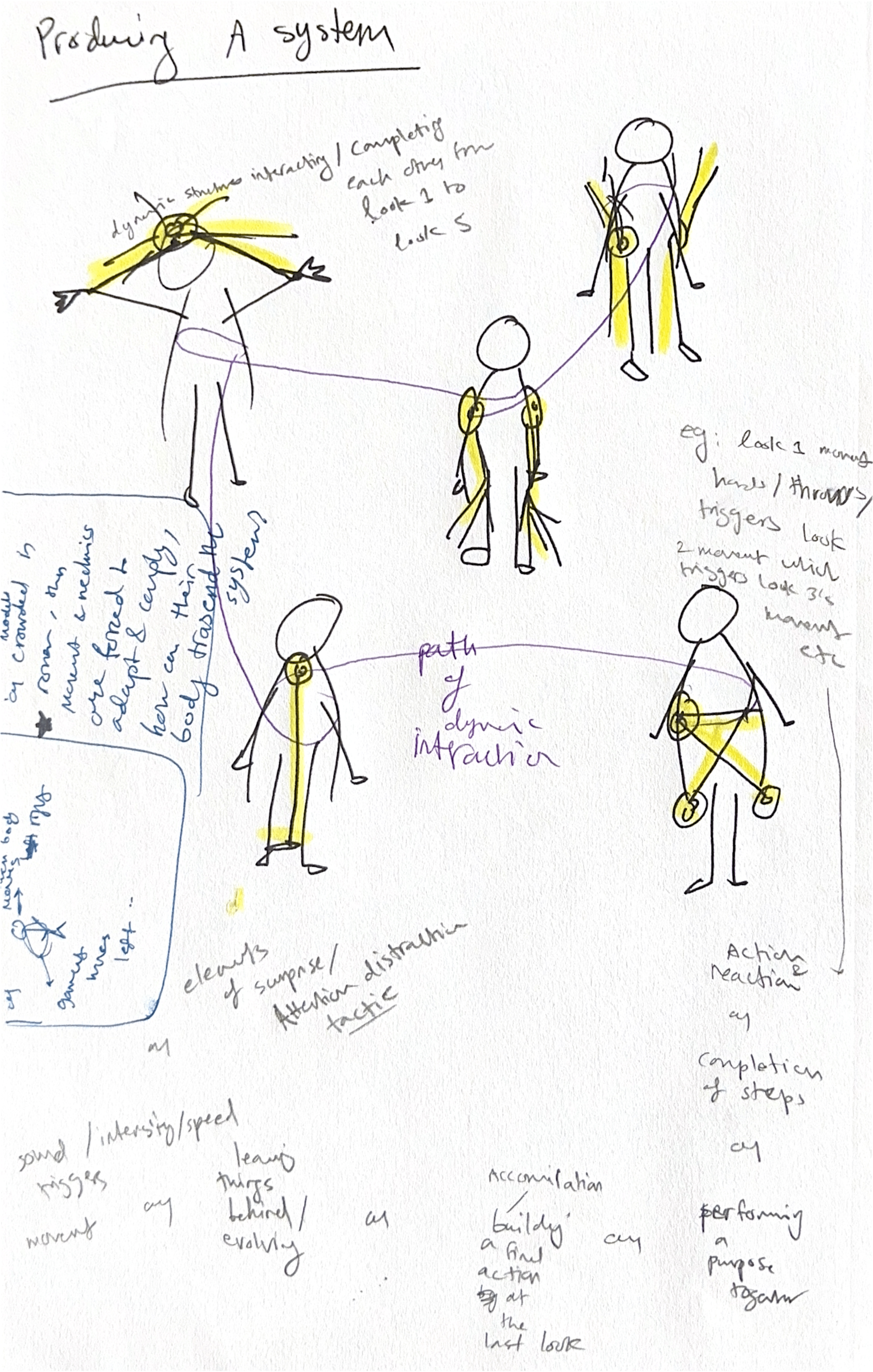
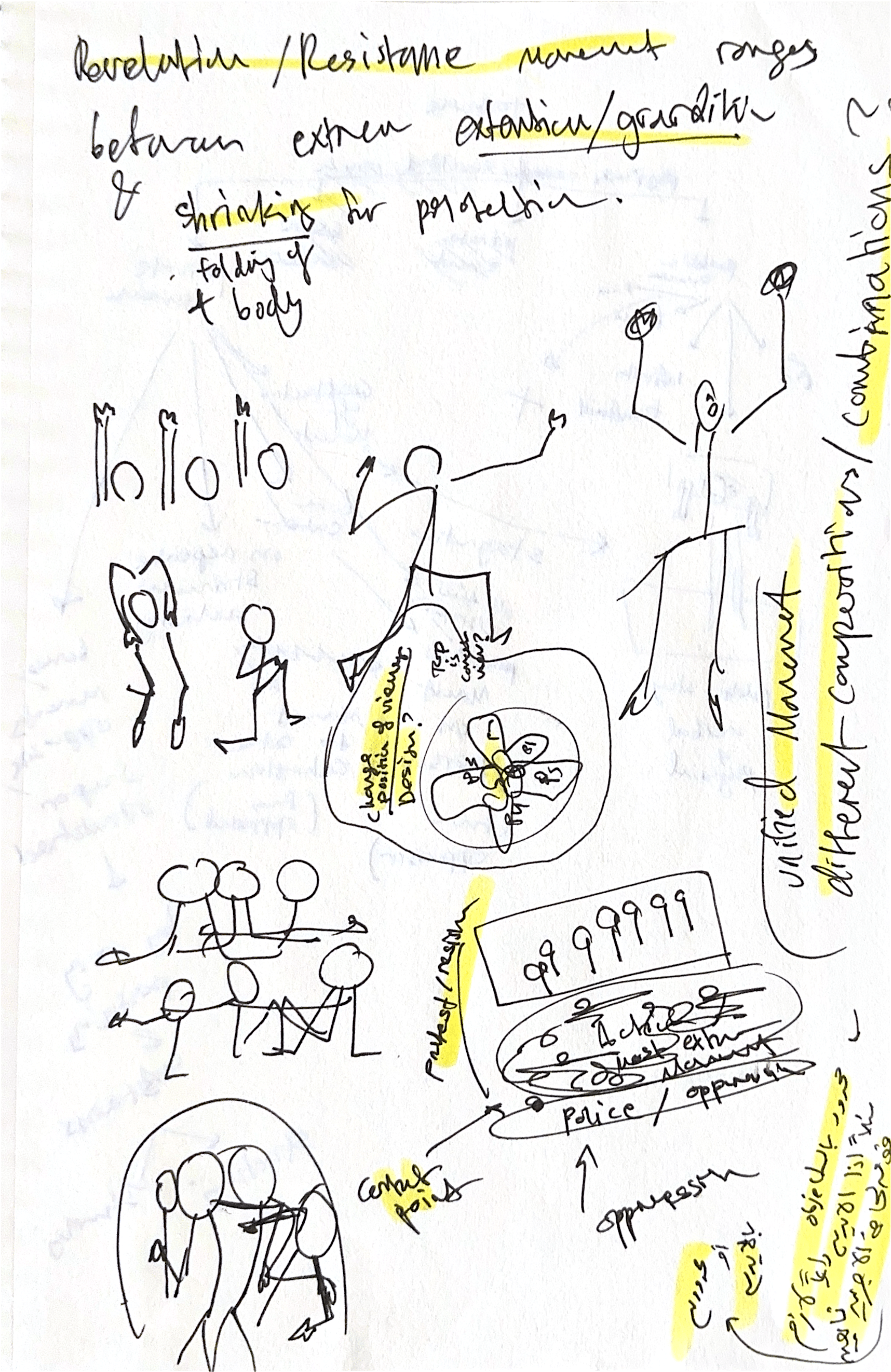
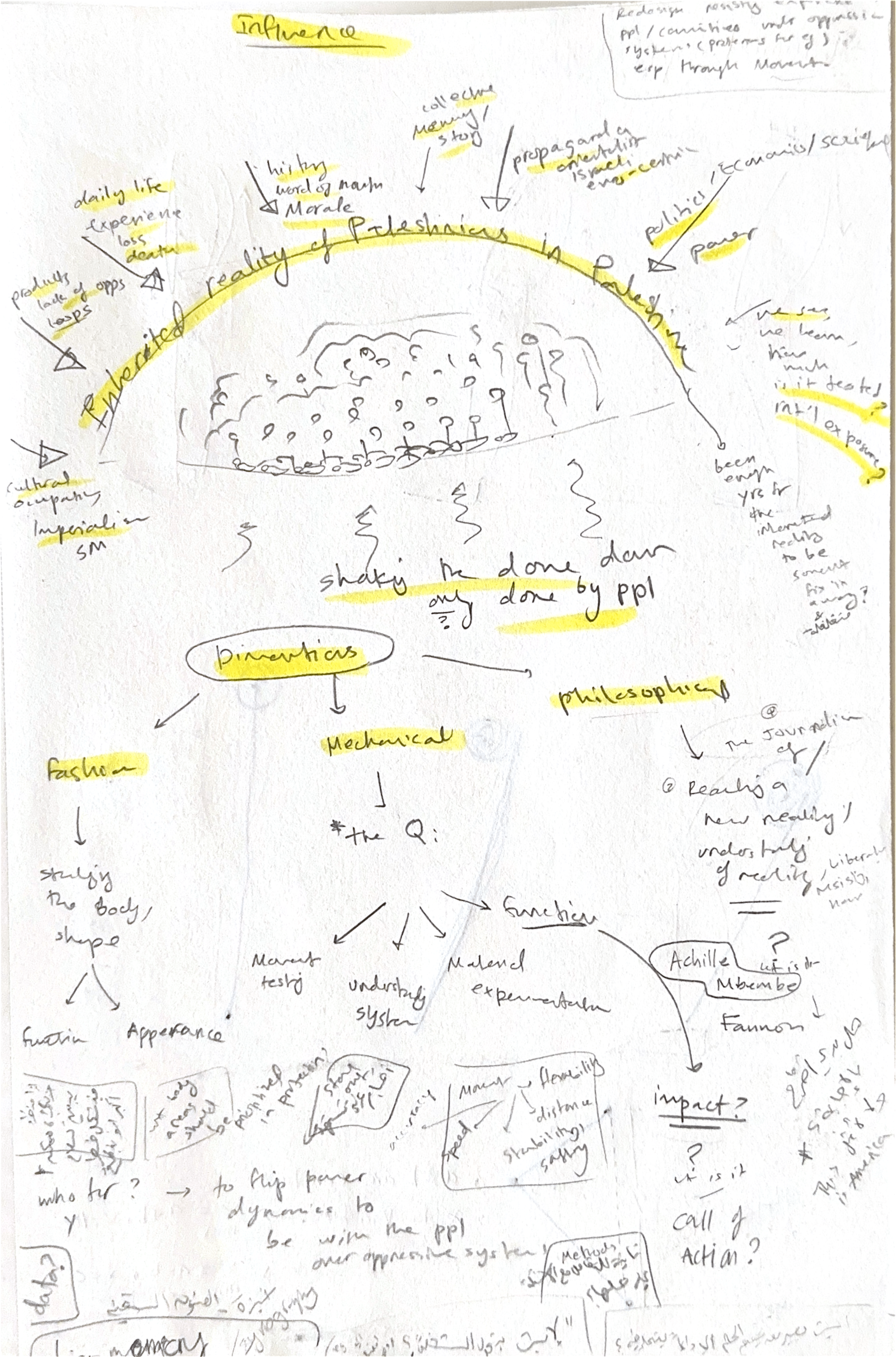
Dimensions, Sytem production, & Influence; Inhereted reality of Palestinians in Palestine
4. Through philosophical, motional, and physical experiments across materials, the main elements formulated through the current title: Producing what we never witnessed, without reproducing what we never witnessed.

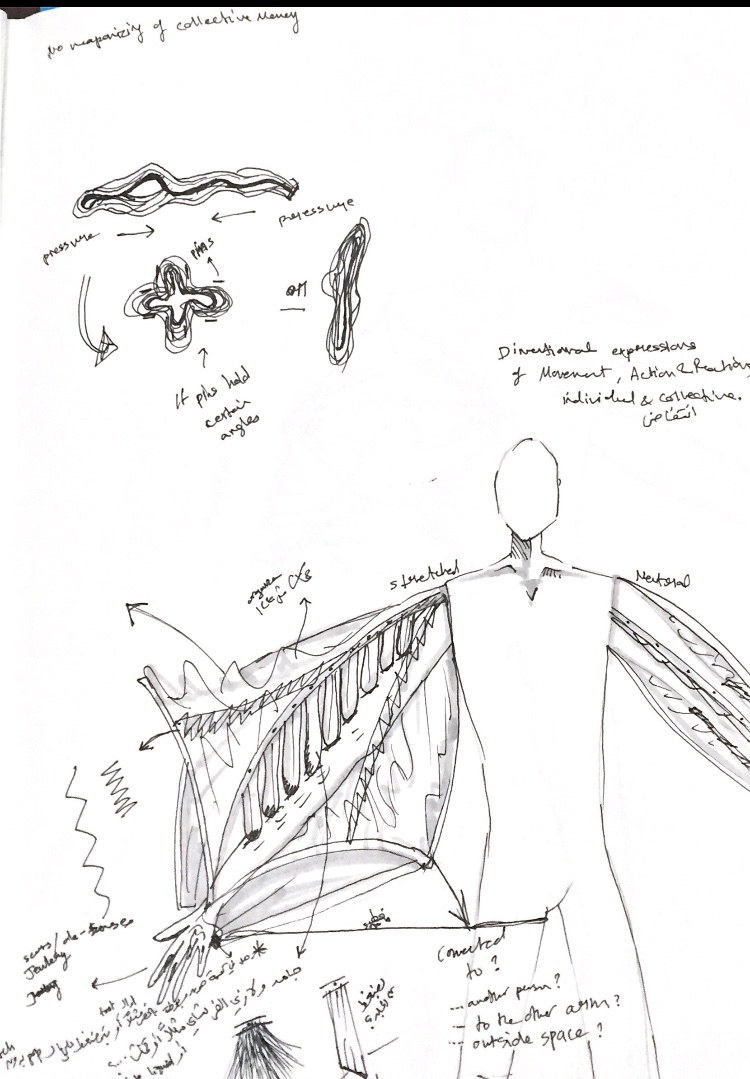

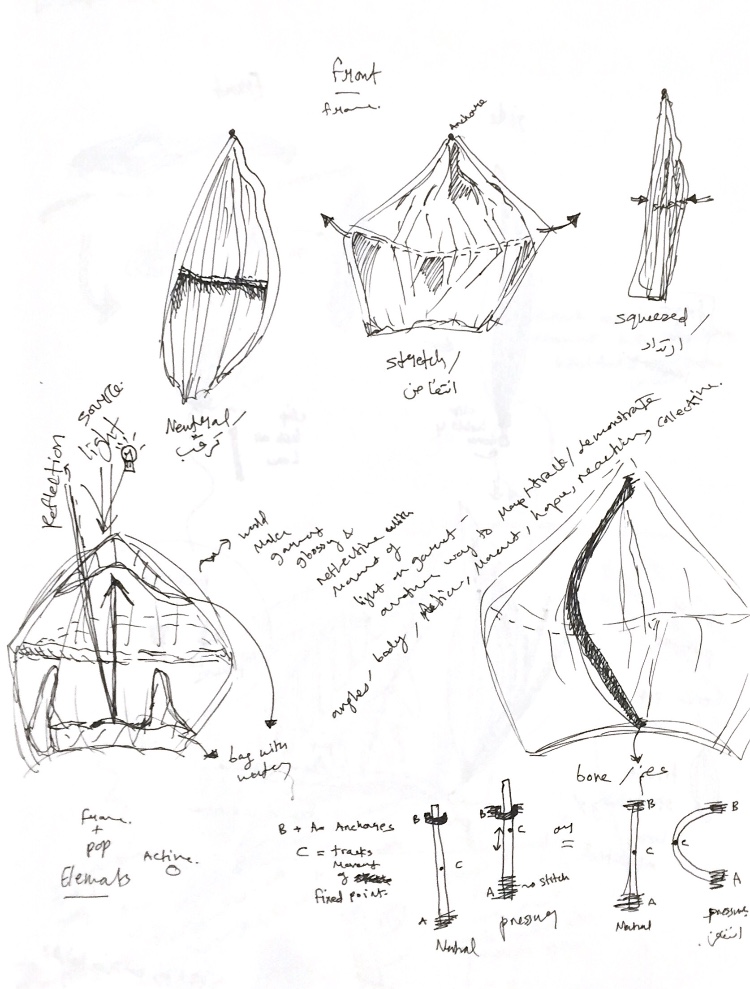

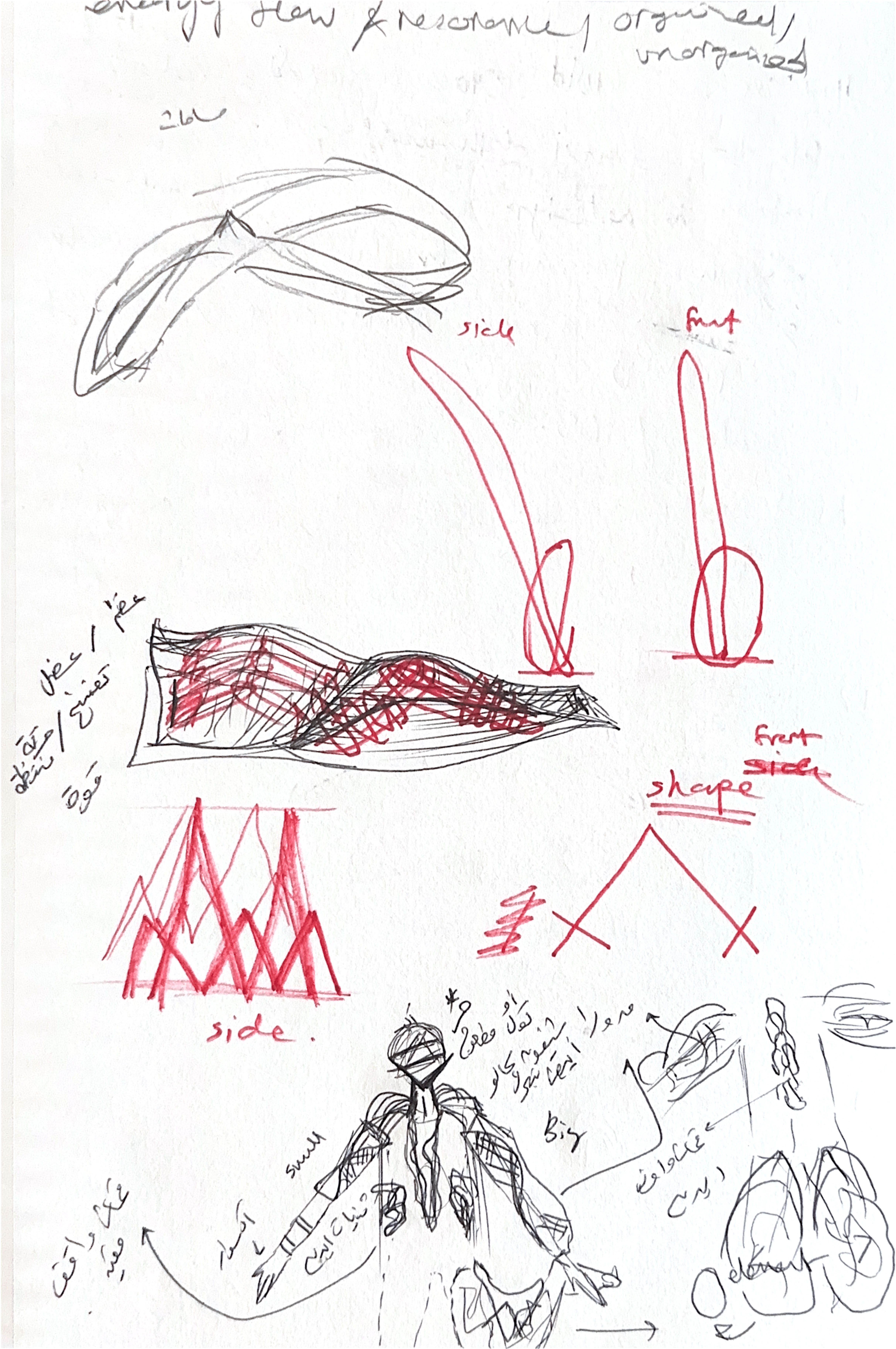
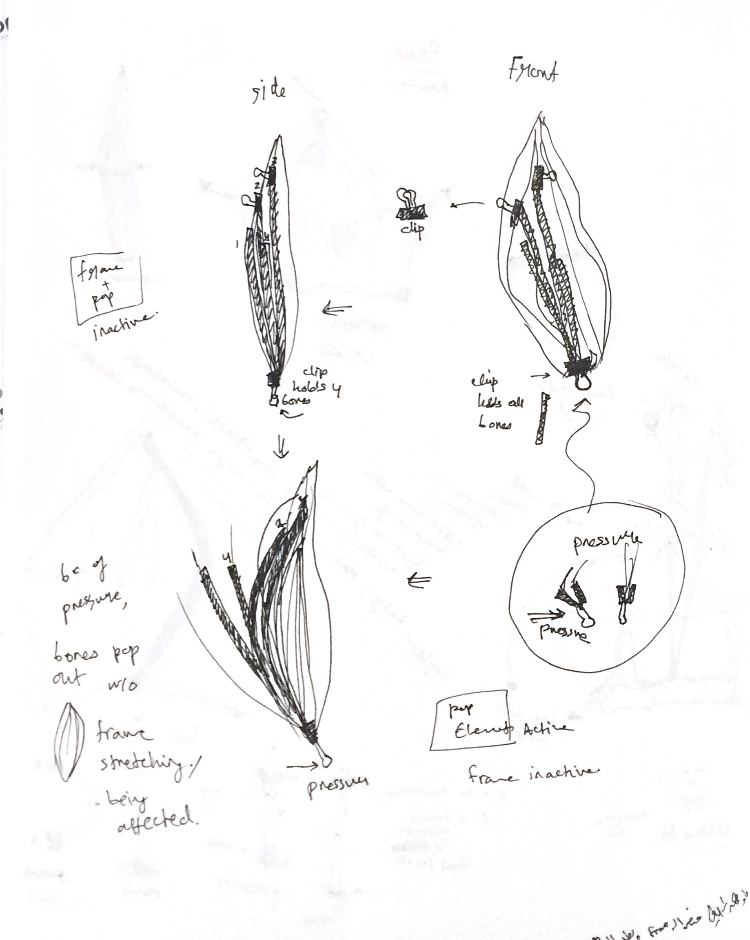
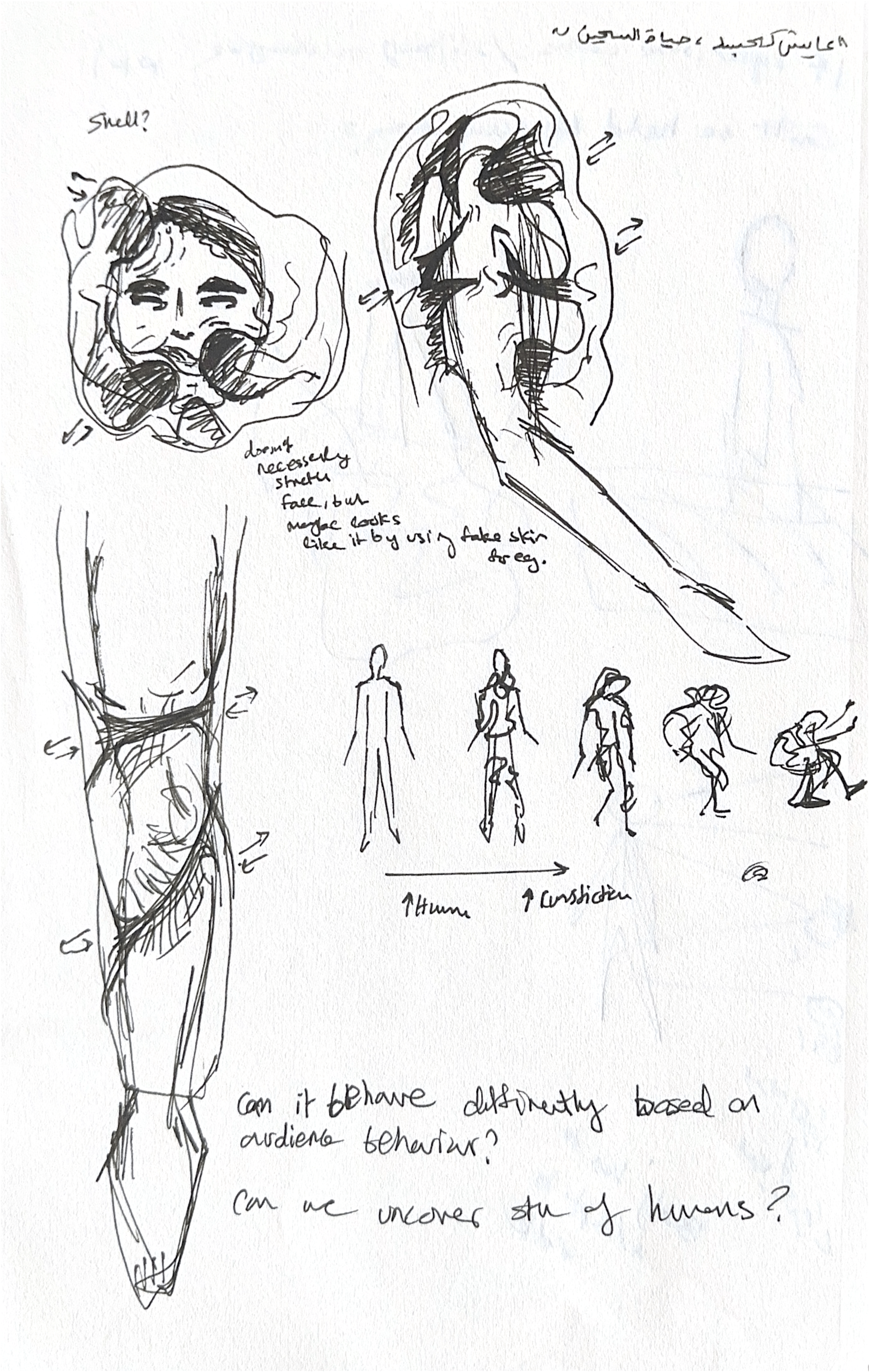
Exploring movement, rhythms, constriction, & material structures
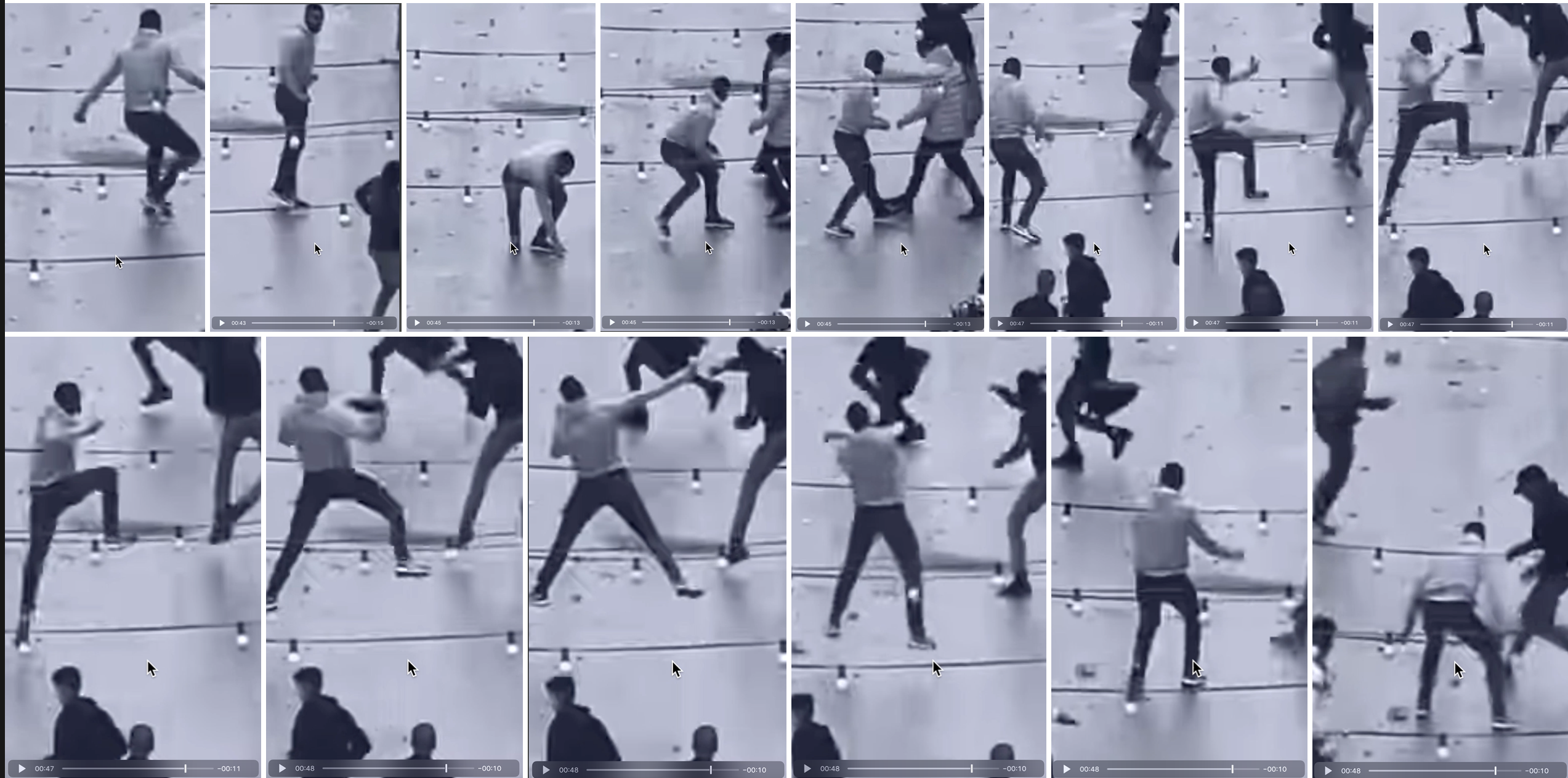
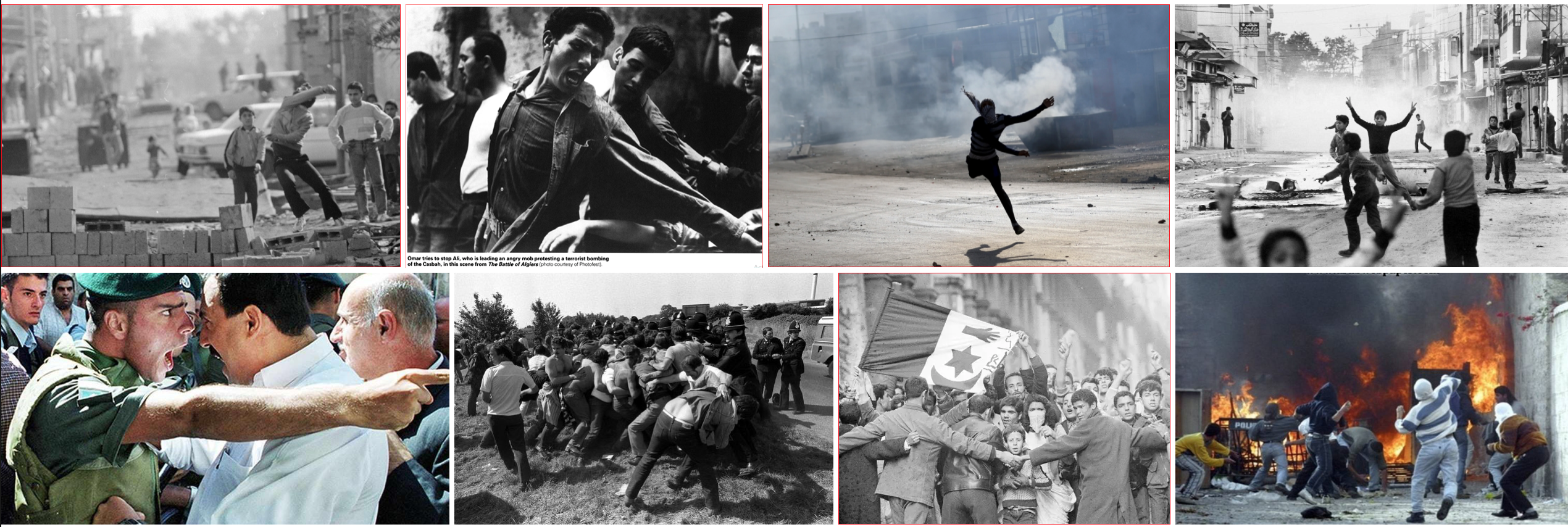
Movement analysis, throwing stones, circulating video from confrontations in Nablus, Intifada (Uprising) and liberation movements




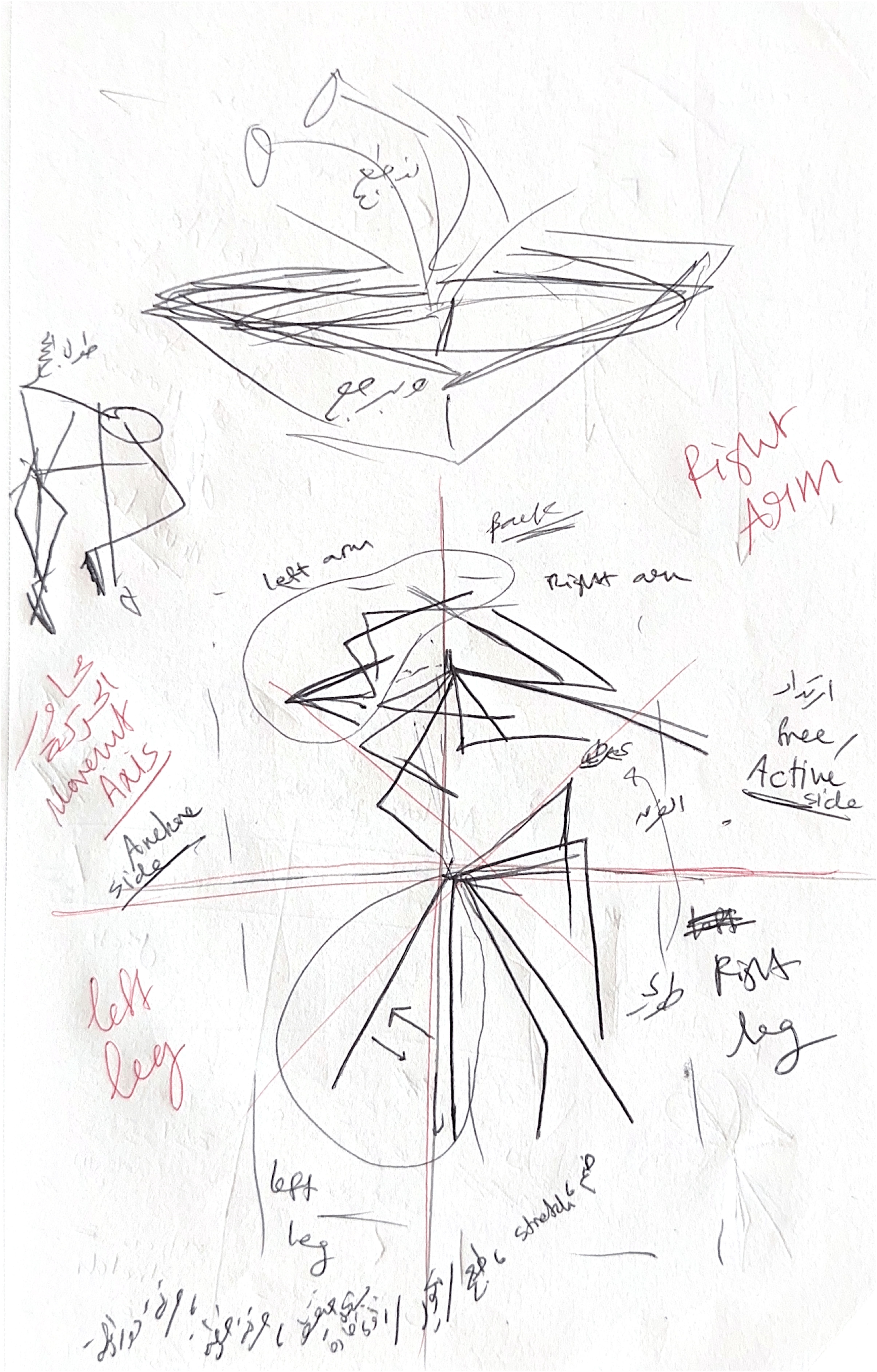
Movement Axis + how to dimensionalize and amplify motion

Palestinian, transnational solidarity expressions of movement, resistance and freedom
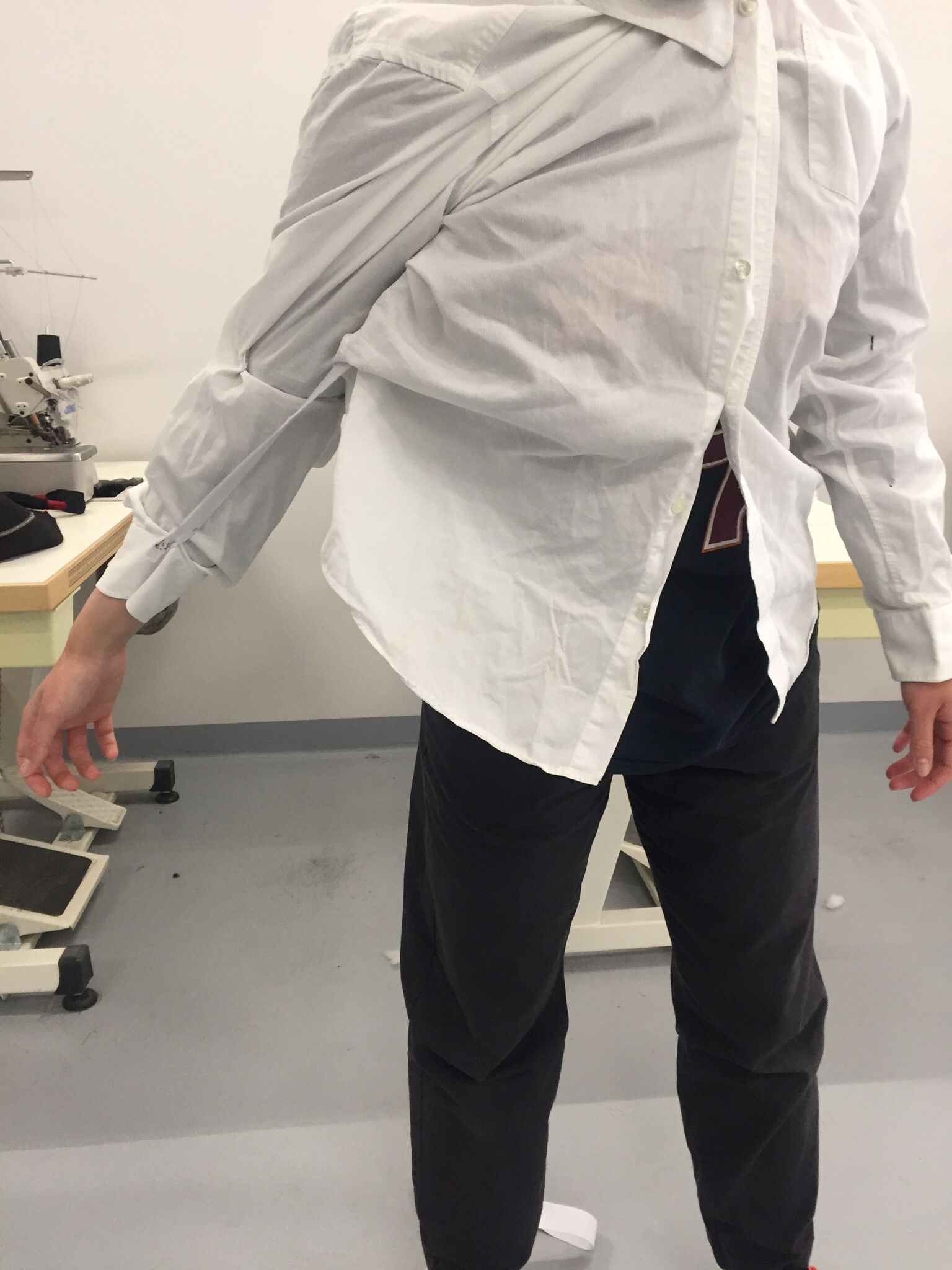


Selected material & print explorations
5. Further explorations and invitations of the collective developed by constructing trasnmedial experiential enviournments and forms of presentation, centered around (Moving) Images.

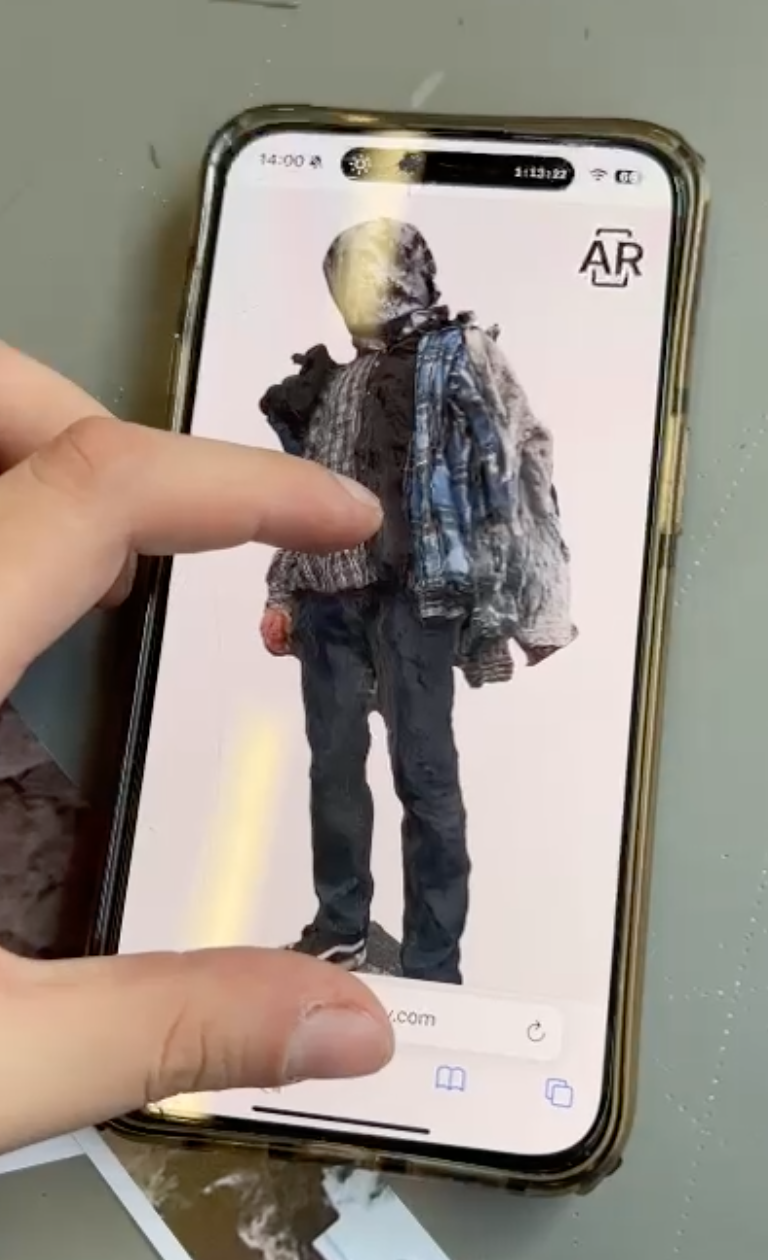

AR (by scanning QR) and photography experience in New Radicalism Festival, Oct 2024, Rotterdam
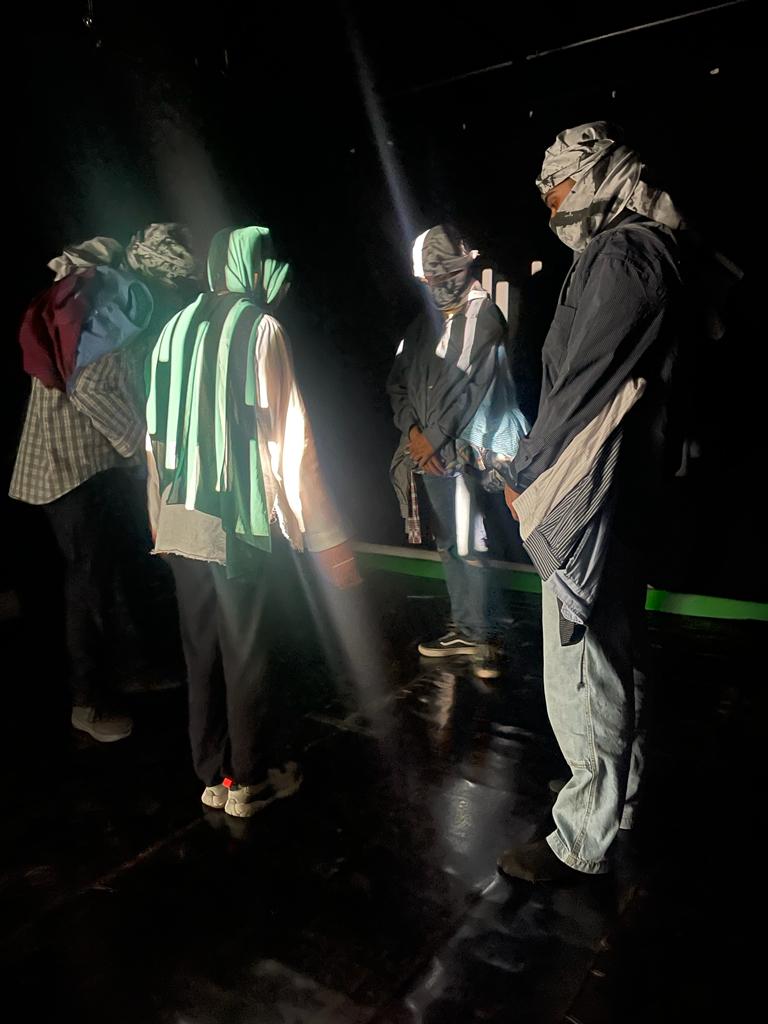

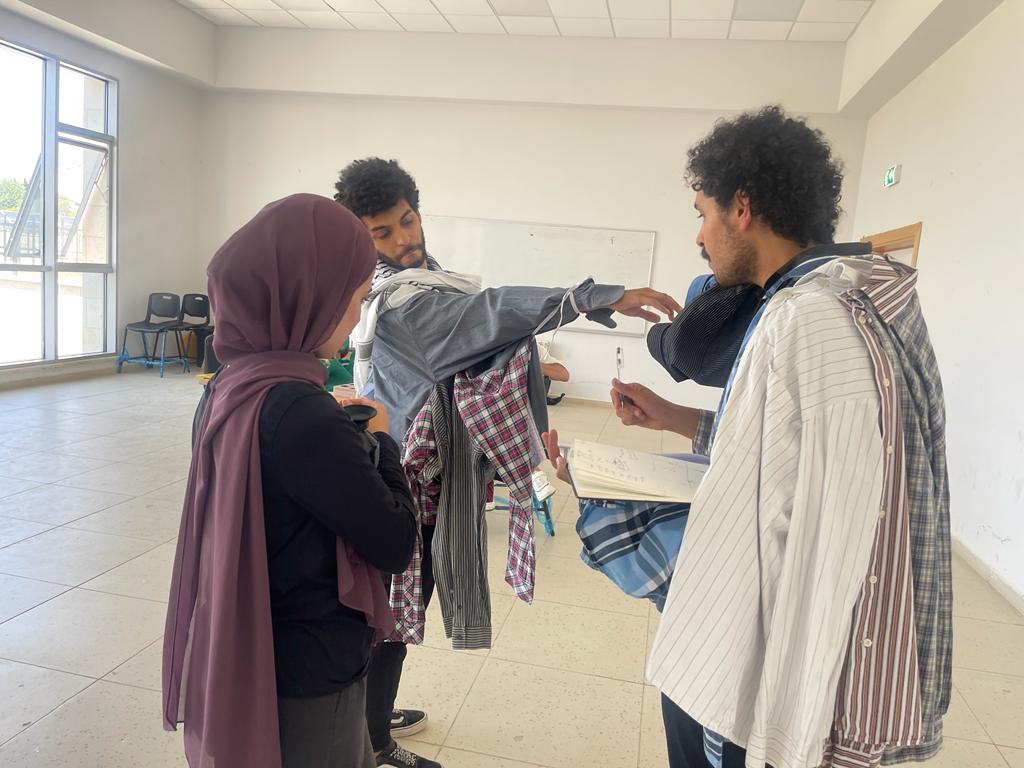
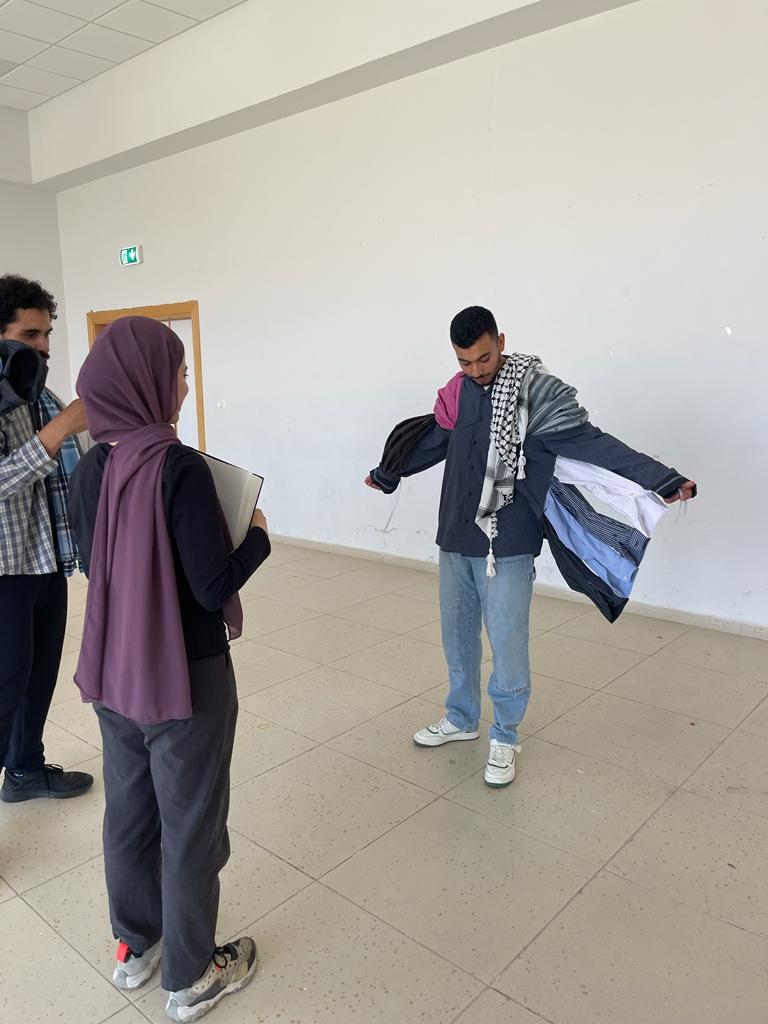

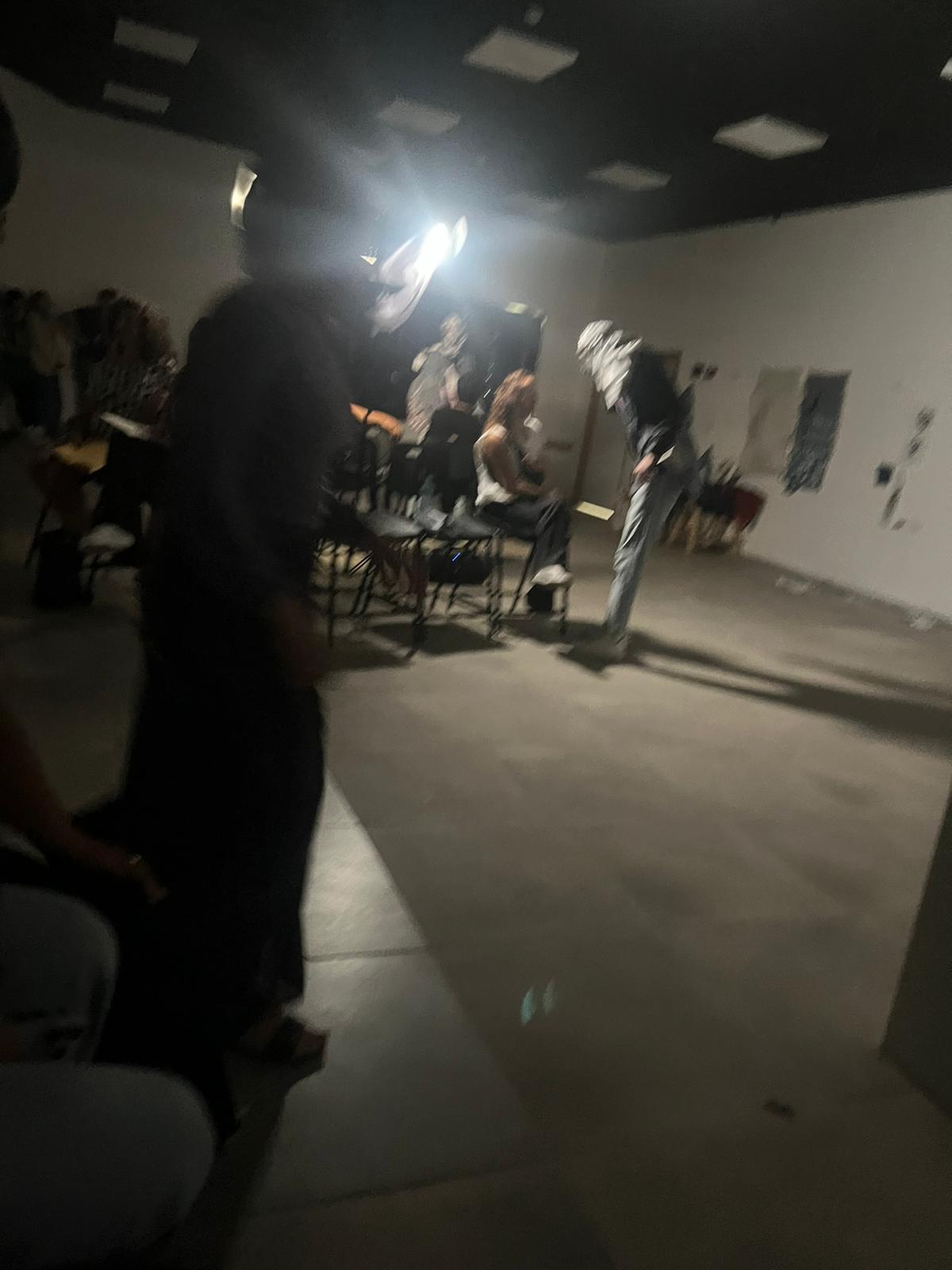
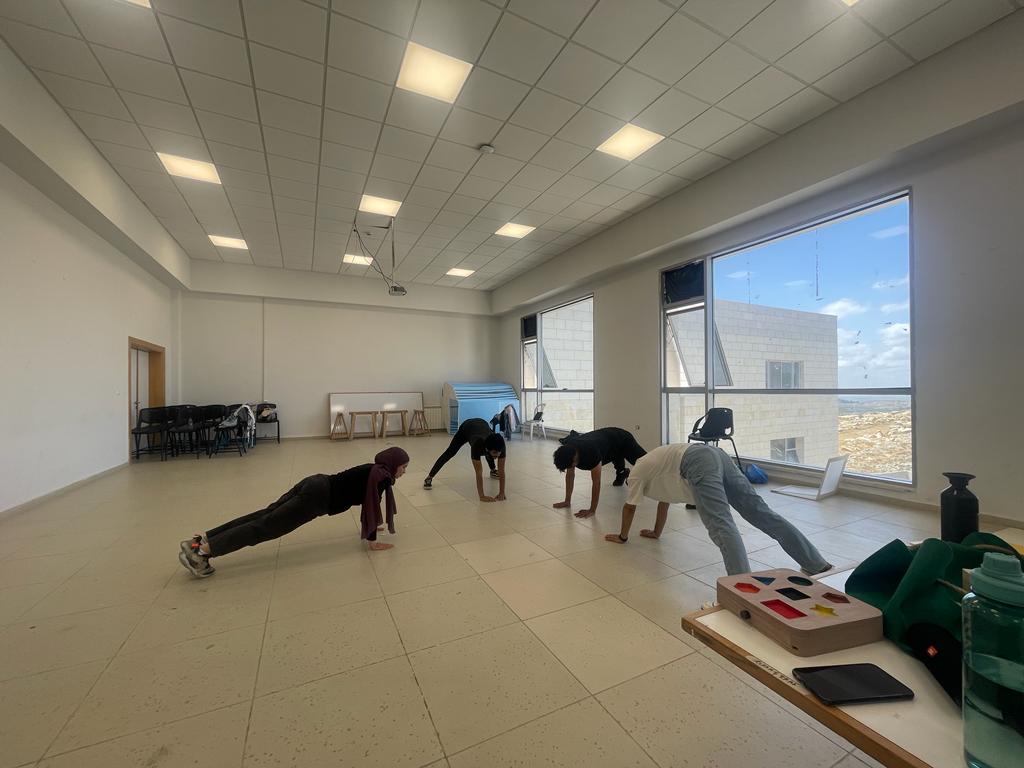
Rehersals, behind the scenes, & the performance presentation of the garments at Birzeit University (I converted a room into a studio with lights, projection screen, and walls for research, experiments and sketched)
6. The filmic piece was used to invoke memories and different interpretations from the collective. Its fast paced, non-verbal and dynamically-structured to act as Rorschach test, which reveals the audience’s inclinations, backgrounds and relational experience. Making it a tool to uncover collective fragmentations of experiences and memories, towards de-othering each other and producing a composition of freedom.
7. This project built a more focused ground through experimentations which acts as a flexible yet grounded infrastructure for my proposal. My previous experiences and this process provides flexible good tools for the invistigation’s evolution.
5. Sample Review (on this project and my upcoming publication)
“...What makes Tala’s work some of the most relevant I have encountered today is her profound sensitivity to the abstract social-political systems that surround and embed us all, her natural poetics in narrative building, and her ability to ask questions that feel like moments of revelation in themselves, rather than merely a means to an end. This rare combination of qualities allows her to create work that is deeply engaging, thought-provoking, and enduring. In a world where many artists and designers are currently questioning the relevance of creating art amid a reality collapsing in so many ways and rhythms, Tala’s work serves as an ongoing prompt—one that holds the potential to someday help us answer that question...”
~ Delany Boutkan,
Researcher for the Research & Development team since 2019, & Founder of Design Drafts, Het Nieuwe Instituut, Rotterdam.
6. Credits
Team:
• Directed by: Tala Abdalhadi
• Cinematography & Editing: Ameer Zabaneh
• Performace: Mousa nazzal, Imran Anati, Salah Jaber
• Choreography: Diana Murillo
• Still Photography: Roba Farawna, Tala AbdAlhadi
• Gaffer: Mahmoud Hamdan
• Cam Assistant: Shadi Zahran
• Sound Design: Kareem Al Sawalmeh
• Color Grading: Baha Zaben
• Additional Edit: Tala AbdAlhadi
• Special Thanks: Sirdab Studio Friends, Family, and Mentors The People of Birzeit
• Cinematography & Editing: Ameer Zabaneh
• Performace: Mousa nazzal, Imran Anati, Salah Jaber
• Choreography: Diana Murillo
• Still Photography: Roba Farawna, Tala AbdAlhadi
• Gaffer: Mahmoud Hamdan
• Cam Assistant: Shadi Zahran
• Sound Design: Kareem Al Sawalmeh
• Color Grading: Baha Zaben
• Additional Edit: Tala AbdAlhadi
• Special Thanks: Sirdab Studio Friends, Family, and Mentors The People of Birzeit
Locations:
• Serdab Studio (Al-Irsal / Jerusalem)
• Construction site ('Atara)
• Metal Reseller Company yard (Birzeit)
• Edward Said Music School buildings (Birzeit)
• Mountain (Birzeit)
Edited on DaVinci.
The production was supported by Serdab Studio (Black studio space). Concept development and garments were supported by the Birzeit University Graduation Project Grant.